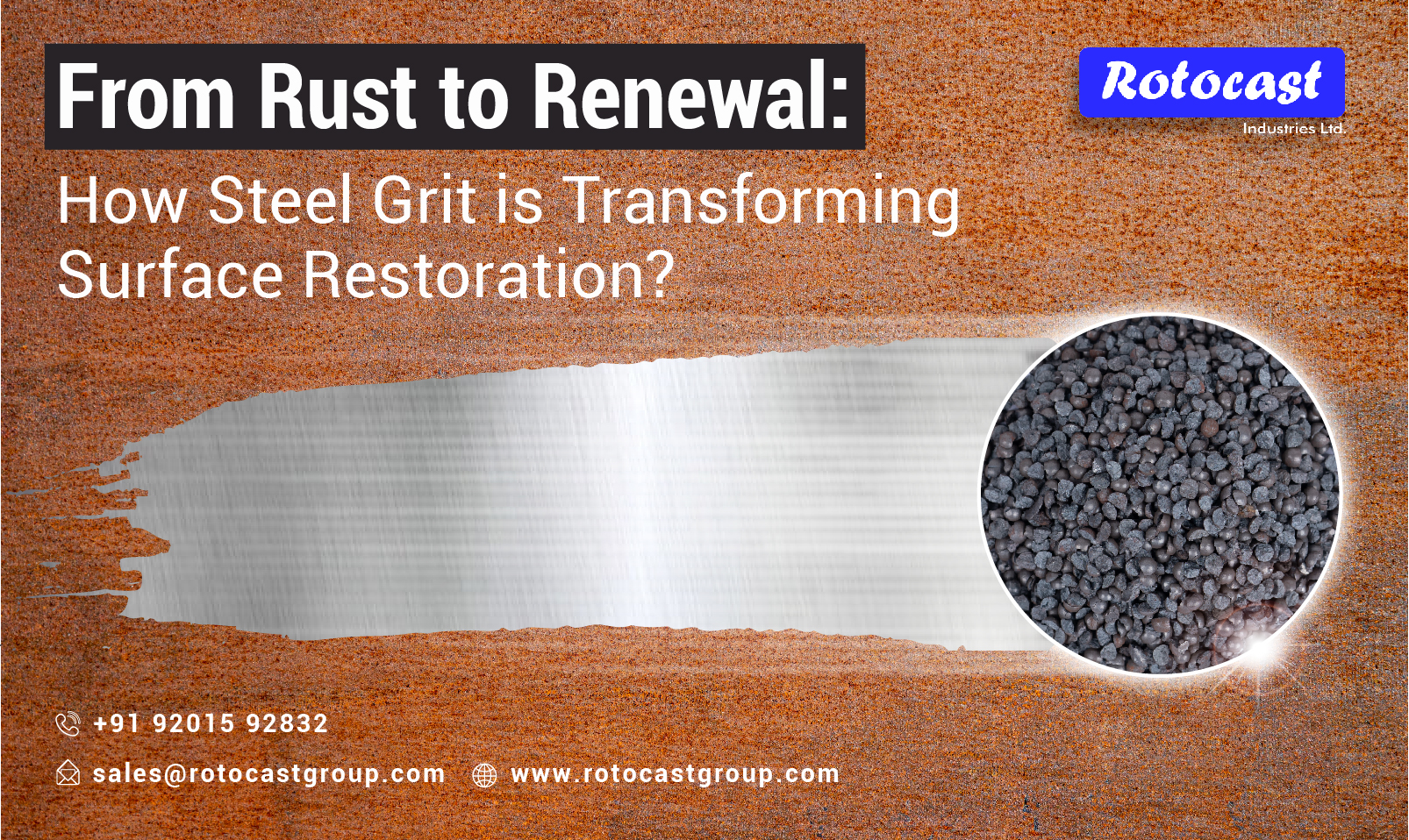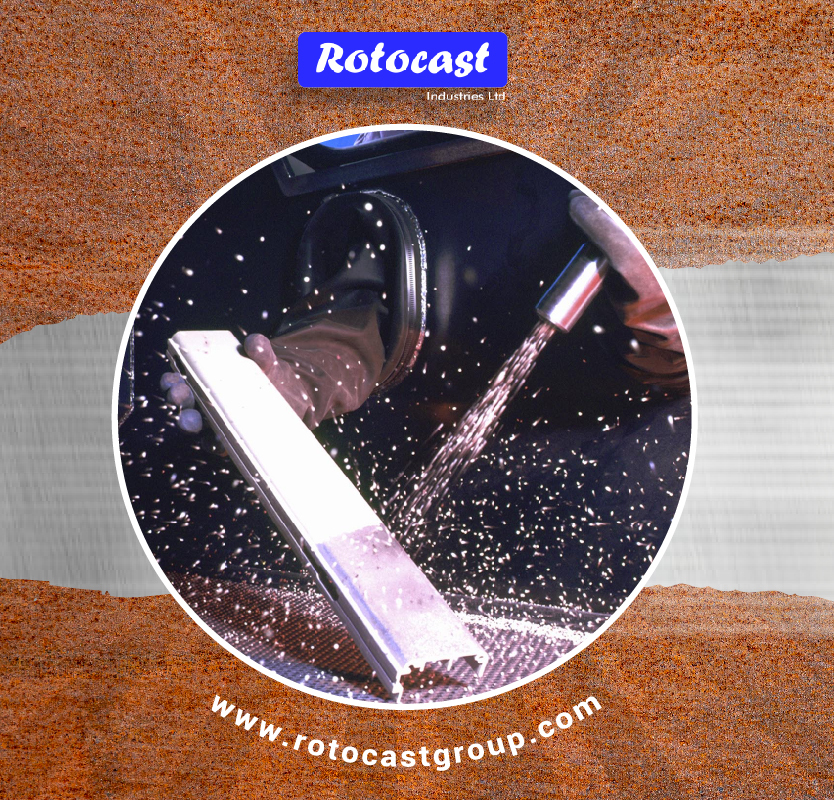
A revolution in surface repair is underway, fueled by advances in abrasive materials. Among these, steel grit stands out as a game changer. Companies such as Rotocast have adopted this technique, propelling the shift from rusted surfaces to fresh brightness.
Surface restoration is essential in several industries, including automotive and maritime, where the integrity and look of metal surfaces are critical. Traditional methods of rust removal and surface preparation frequently failed, leaving residues or causing surface damage. Enter steel grit, a material that promises efficiency, precision, and sustainability.
Steel grit, made from crushed steel, is distinguished by its angular shape and hardness. This unusual composition makes it extremely effective in blasting operations, producing a more aggressive cut than other abrasives such as sand or glass beads. The angularity of steel grit allows for more thorough abrasion, removing even the most resistant coatings of rust, paint, or scale.
 Rotocast, a surface preparation industry leader, has pioneered the use of steel grit in restoration methods. The company discovered that steel grit not only improves surface preparation quality, but it also greatly saves task time. This productivity translates into cost benefits for their customers, making steel grit the ideal material in large-scale industrial applications.
Rotocast, a surface preparation industry leader, has pioneered the use of steel grit in restoration methods. The company discovered that steel grit not only improves surface preparation quality, but it also greatly saves task time. This productivity translates into cost benefits for their customers, making steel grit the ideal material in large-scale industrial applications.
Furthermore, steel grit is eco-friendly. Unlike other abrasives, it may be regenerated again without losing effectiveness. This sustainability element is consistent with Rotocast’s commitment to eco-friendly procedures, eliminating waste and limiting the environmental impact of their operations.
Rotocast’s use of steel grit has revolutionized its approach to surface repair. The end result is rust-free, smooth surfaces that are ready for any coating or treatment. This process from rust to rejuvenation demonstrates how newer materials and inventive firms like Rotocast are redefining the industry.
In conclusion, steel grit is changing the face of surface restoration. The trip from rust to rejuvenation has never been more efficient or environmentally beneficial, thanks to its efficacy and sustainability, as well as the expertise of organizations such as Rotocast.

